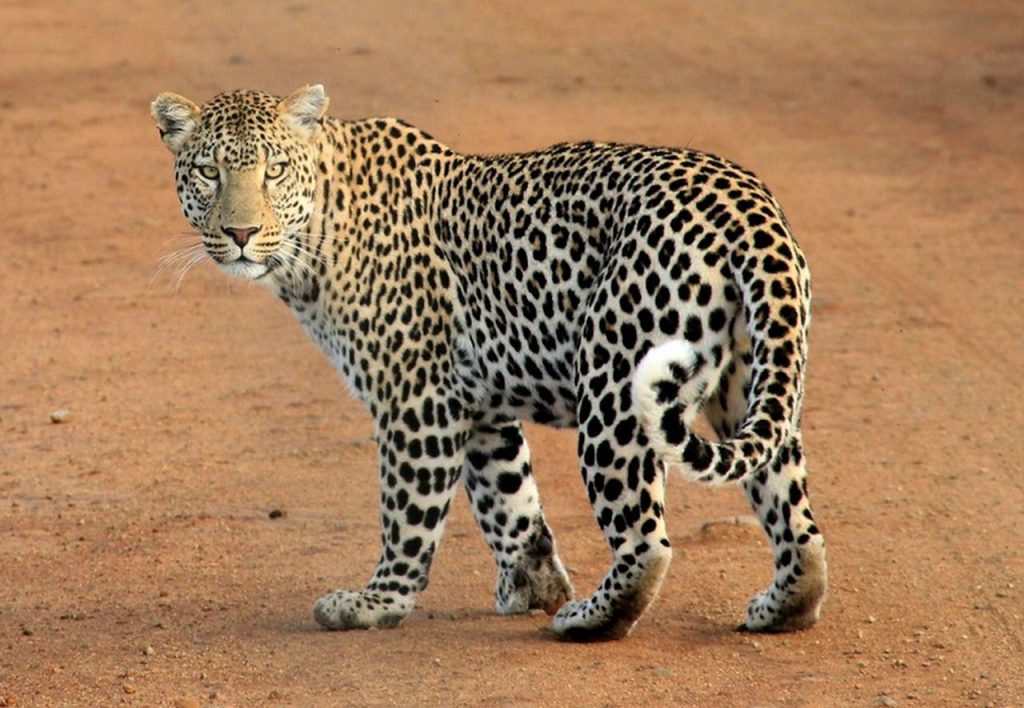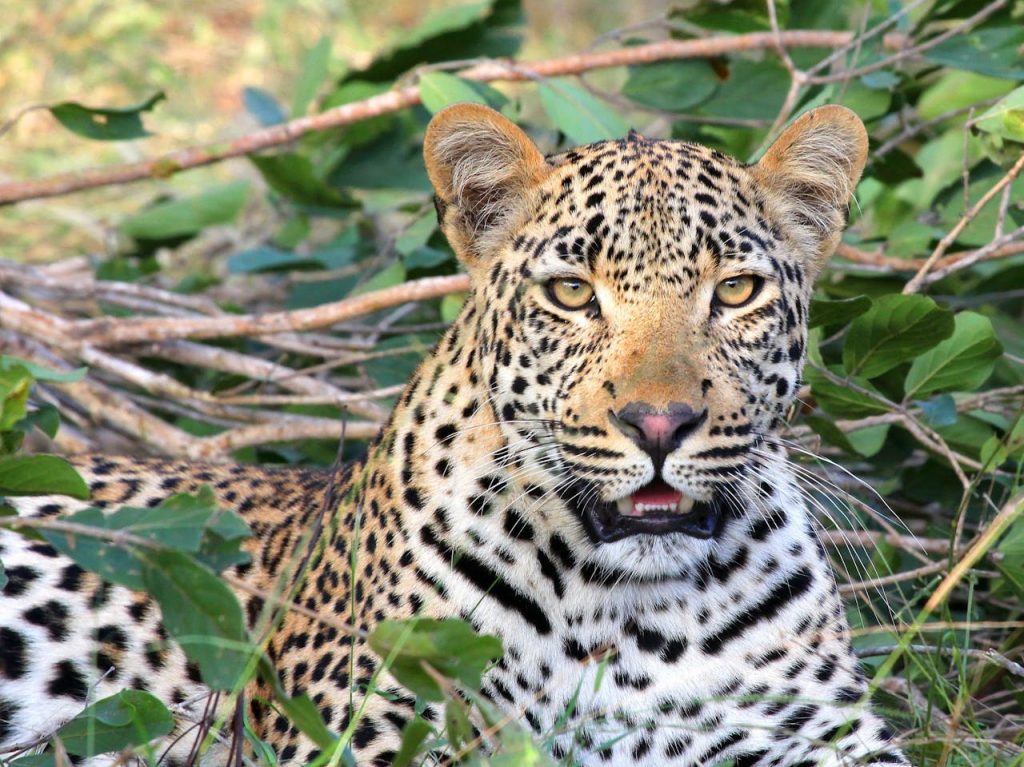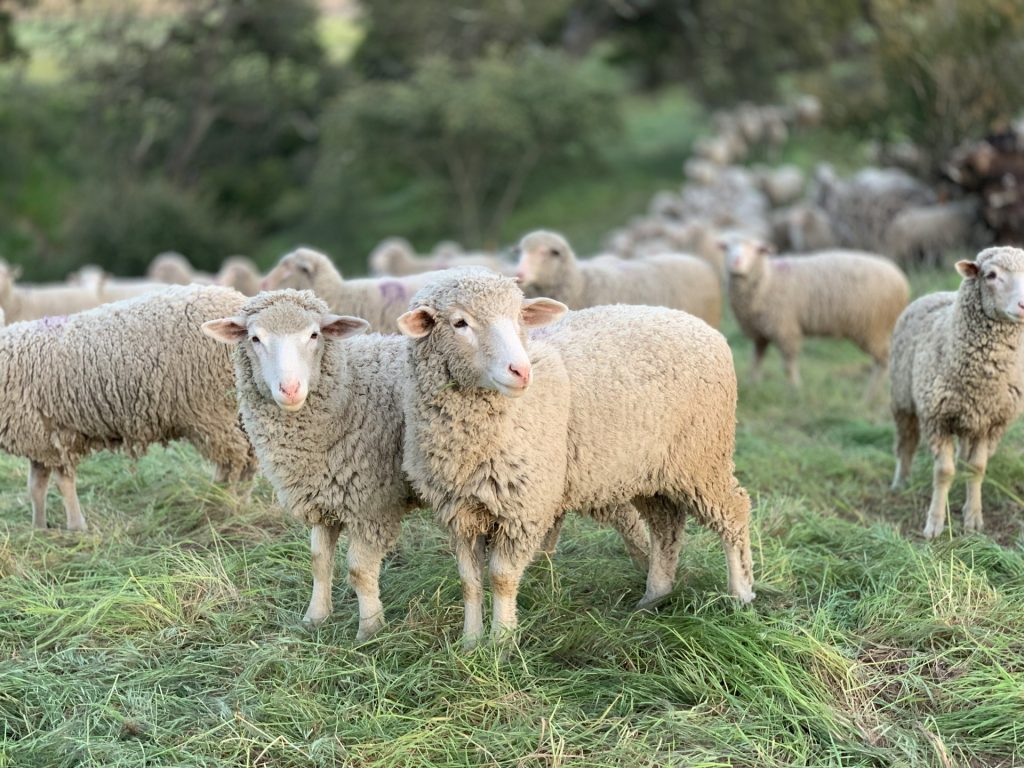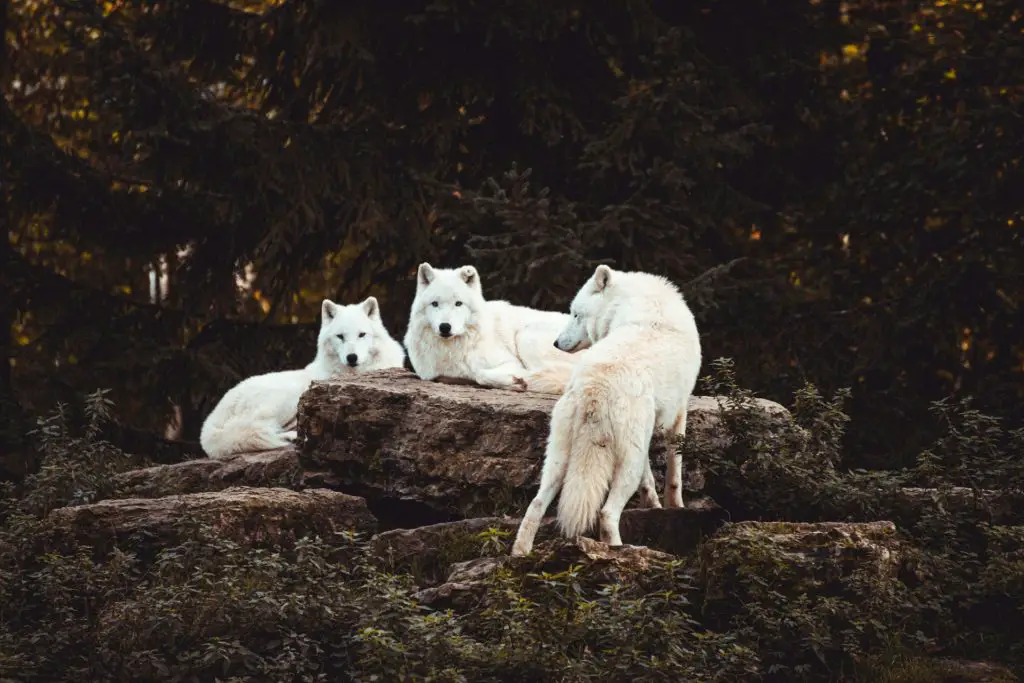How often do leopard geckos shed? Before we get to that, I would like to state a few things about this adorable creature. The leopard gecko is among the most commonly kept of all pet reptiles. It’s also one of the easiest to care for in captivity, making it a good choice for beginners and experts alike. Many owners believe that one of these lizards is perfect if you want a pet reptile but don’t have space for a big snake or tortoise.
Geckos are popular pets because they’re clean and easy to care for.
Contents
- 1 What is shedding?
- 2 Reptiles Heat
- 3 What are the signs that a leopard gecko is going to shed?
- 4 How often do leopard geckos shed?
- 5 When should you handle your leopard gecko before it sheds?
- 6 Skin Shedding Problems in Leopard Geckos
- 7 How can you help your leopard gecko shed properly?
- 8 Skin Shedding Cycle
- 9 Leopard Gecko Shedding Frequency
- 10 Conclusion: How often do leopard geckos shed?
- 11 Related Questions
What is shedding?

The shedding of skin is a natural process in reptiles, amphibians, and fish life cycles. Some invertebrates, such as insects or molluscs shed their exoskeleton as well. Shedding allows for growth and adaptation by providing a means for old cells to be regenerated to form new skin. In addition, shedding can aid in disease prevention through the removal of parasites and dead tissue. It should be noted that some animals do not shed, such as mammals, birds, and insects.
The scales can be easily removed in fish by rubbing against a rough surface such as a rock or concrete. However, in reptiles and amphibians, shedding is a bit more complicated. There are several types of shedding that can occur depending on the animal.
Replacement Shedding occurs when old skin is replaced with new skin as part of the average growth. This type of shedding is not considered to be a true form of molting because it does not result in a larger animal.
Regeneration Shedding occurs when a damaged area of skin is replaced with new skin, resulting in a larger animal. This is often referred to as true molting.
Reptiles Heat
Reptiles that undergo true molting shed their skin to accommodate growth, which occurs in a number of stages. First, the reptile will begin to eat less and become more active. Next, the animal will begin to form a new layer of skin underneath its old one. As this process continues, the animal may experience shedding problems like difficulty breathing or mobility due to stiffness caused by its old skin layer.
This can be particularly dangerous for young reptiles as they are not yet able to be ectothermic (cold-blooded) animals that can undergo either true or replacement shedding, depending on the species and age of the animal.
When reptiles undergo replacement shedding, they will eat less before the process begins and may become more active to help their body generate more heat. They will also need a higher temperature range in their habitat and may require special lights or additional heat sources to ensure they are comfortable and healthy.
Once the reptile has shed its old skin, it will have a new layer of skin that is smoother and more flexible than before. The reptile may become more active for a short period of time before returning to its normal state as the process begins again.
What are the signs that a leopard gecko is going to shed?

If you have one or more leopard geckos and are wondering what the signs are that a leopard gecko is going to shed, below are some of the signs to watch out for:
- The first sign that a leopard gecko is going to shed is actually in his eyes. In the days leading up to shedding, your pet’s eyes will start to change from their usual bright yellow color to an orange hue.
- The second sign of impending shedding will be on your lizard’s nose. You will see a patch of skin that looks like it is turning black, but this is just the color changing from yellow to black as the gecko prepares to shed.
- The third sign that your leopard gecko is going to shed will be his color changing. His body will start to look dull and faded in comparison to how bright he usually looks. This change in color happens because the pigments are beginning to be reabsorbed into the skin for shedding purposes.
- The fourth sign that your leopard gecko is going to shed will be his eyes. His eyes will begin to look cloudy and dull. This is because the eye membrane is beginning to turn opaque as it prepares for shedding.
- The fifth sign that your leopard gecko is going to shed will be the tail of your lizard looking like it is drying out and shriveling up. This happens because the lizard’s skin has started to harden in preparation for shedding.
- The sixth sign that your leopard gecko is going to shed will be your leopard gecko’s tail. Your leopard gecko’s tail will begin to turn brown in color, and the tail will become thicker and wider. This happens because the skin of the tail is getting thicker in preparation for shedding.
- The seventh sign that your leopard gecko is going to shed will be your leopard gecko’s mouth looking swollen. The swelling of the mouth area occurs because as the skin around his mouth hardens, it also starts to thicken in the mouth area.
- The eighth sign that your leopard gecko is going to shed will be your leopard gecko’s skin getting darker. This happens because the color of the skin underneath begins to show through as it hardens and turns into a thicker layer of skin for shedding.
- The ninth sign that your leopard gecko is going to shed will be the area around your leopard gecko’s eyes becoming swollen and red in color. This happens because the skin around the eyes also thickens in preparation for shedding.
- The tenth sign that your leopard gecko is going to shed will be a dark line forming around the neck area of your leopard gecko. This happens because the thickened skin around the neck area forms a collar that eventually becomes loose as it dries out.
- The eleventh sign that your leopard gecko is going to shed will be an increase in activity level. Your leopard gecko may become more active as it prepares to shed.
- The twelfth sign that your leopard gecko is going to shed will be a loss of appetite. Your leopard gecko may stop eating in preparation for shedding its skin. If you see any of these signs, don’t panic! Leopard geckos usually shed their skin at night, so keep an eye on your leopard gecko and try not to disturb it during this time.
How often do leopard geckos shed?
Leopard geckos are a popular reptile pet, but many people don’t know much about their care. The most common question from leopard gecko owners is, “how often do leopard geckos shed?” Leopard geckos shed their skin to grow. They will shed anywhere from once every week to once every few months. Some leopard geckos shed more often than others.
When should you handle your leopard gecko before it sheds?
Every leopard gecko owner should know when it’s safe to handle their pet before it sheds. Handling your animal too early in the process can cause skin irritation, but timing is everything.
It would be best if you never handled your gecko while it’s shedding.
Skin Shedding Problems in Leopard Geckos
The biggest problem with handling a leopard gecko while it’s shedding is that the skin is much more delicate and can easily tear. The skin also tends to be more sensitive during this time, so any rubbing or touching will cause irritation. It’s important to know how to tell when your leopard gecko is about to shed so you can avoid these problems.
How can you help your leopard gecko shed properly?
Leopard geckos shed their skin in order to grow. Shedding is a normal process and should not be considered abnormal. There are many things that can affect the shedding process, such as stress, temperature fluctuations, and health problems within the gecko. It’s important to monitor your leopard gecko’s health in order to determine if there are any issues causing an abnormal shedding cycle.
Skin Shedding Cycle
Leopard geckos shed their skin in cycles. Each cycle lasts approximately one month, but the actual length of time depends on the age of the gecko and how long it has been since its last shed.
Geckos will generally go through two to three cycles a year. As a general rule, most leopard geckos will begin shedding around April or May and continue until September or October.
During this time, your leopard gecko’s skin will begin to turn a dull color, and the eyes will begin to look cloudy. This is a good sign that your gecko is preparing for its next shed. When the shedding process begins, you can tell because your gecko’s skin will start to split at the base of the toes and around the eyes.
The skin then becomes wrinkled in appearance as it slowly peels off. If you watch closely, you can actually see tiny pieces of shed skin moving across your leopard gecko’s body. The shed skin will often look like a snake slithering across your gecko’s body.
When the shedding process is complete, you should notice that your leopard gecko looks shiny and smooth. Your gecko will also have a clean appearance, which means that the skin is completely free of bacteria and other contaminants.
If you don’t see this, you may need to bathe your leopard gecko to help remove the excess dirt and grime from its skin.
Leopard Gecko Shedding Frequency
The frequency of shedding can vary from one leopard gecko to another. Some leopard geckos shed very frequently, while others only shed once every few months.
This is a natural process that is not something you need to worry about too much. You should be able to notice your leopard gecko shedding on a regular basis if you take the time to look for it.
If you do not see any signs of shedding in your leopard gecko, you should get a vet to check for possible health issues.
Conclusion: How often do leopard geckos shed?
Leopard geckos are popular pets for reptile lovers, but it’s important to understand the basics of how often these critters shed. We hope that this article has been helpful, and we look forward to answering any questions you may have about leopard gecko care. If there is anything else we can do for you, please let us know by sharing this article with a friend or commenting below.
Related Questions
Do leopard geckos eat their own shed?
People often wonder if leopard geckos eat their shed. Yes, they do! Sheds are a great source of nutrition for your pet and should not be discarded. Leopard geckos typically eat their shed skin about six hours after it is molted. If you find the skin before this time frame, it can be refrigerated for up to a week before feeding it to your gecko.
Can I hold my leopard gecko after it sheds?
So, you’ve had your leopard gecko for a while, and he or she has just shed what looks to be the last layer of skin. You’re probably wondering if it’s safe to hold them now, and I’m here to tell you that yes, it is perfectly safe!
How long does it take for a leopard gecko to reach full size?
Leopard geckos reach full size within about a year. The growth rate of the leopard gecko depends on its living conditions and diet, but more specifically, it depends on whether or not it has been fed appropriately as a baby. A baby should be fed every day to ensure that it grows at the proper pace.


